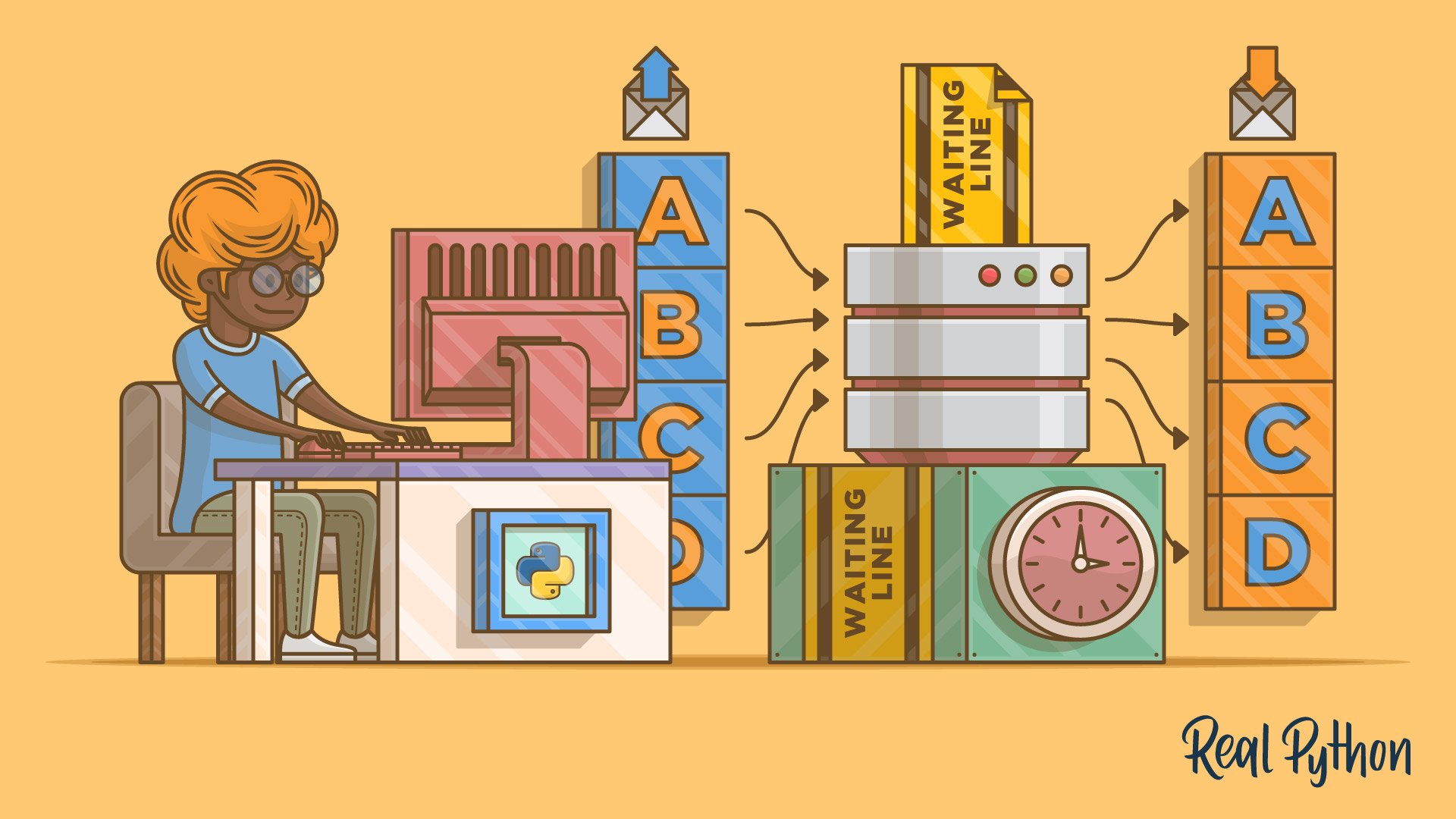await
In Python, the await keyword pauses the execution of a coroutine until the result is available, allowing other tasks to run concurrently. It’s a crucial component in asynchronous programming, enabling you to write non-blocking code. The await keyword can only be used inside an async function or another coroutine.
Python await Keyword Examples
Here’s a quick example demonstrating how to use the await keyword:
hello.py
import asyncio
async def greet():
print("Hello")
await asyncio.sleep(1)
print("World!")
asyncio.run(main())
Inside greet(), the await keyword waits one second using asyncio.sleep(1). Other asynchronous tasks can run during the waiting period, which is the base of the non-blocking behavior.
Python await Keyword Use Cases
- Waiting for asynchronous I/O operations, such as reading from or writing to a file or network
- Pausing execution in coroutines to prevent blocking the event loop
- Scheduling concurrent execution of multiple coroutines
Related Resources
Tutorial
Python's asyncio: A Hands-On Walkthrough
Explore how Python asyncio works and when to use it. Follow hands-on examples to build efficient programs with coroutines and awaitable tasks.
For additional information on related topics, take a look at the following resources:
- Getting Started With Async Features in Python (Tutorial)
- Asynchronous Iterators and Iterables in Python (Tutorial)
- Python Keywords: An Introduction (Tutorial)
- Hands-On Python 3 Concurrency With the asyncio Module (Course)
- Python's asyncio: A Hands-On Walkthrough (Quiz)
- Getting Started With Async Features in Python (Quiz)
- Exploring Asynchronous Iterators and Iterables (Course)
- Asynchronous Iterators and Iterables in Python (Quiz)
- Exploring Keywords in Python (Course)
- Python Keywords: An Introduction (Quiz)

